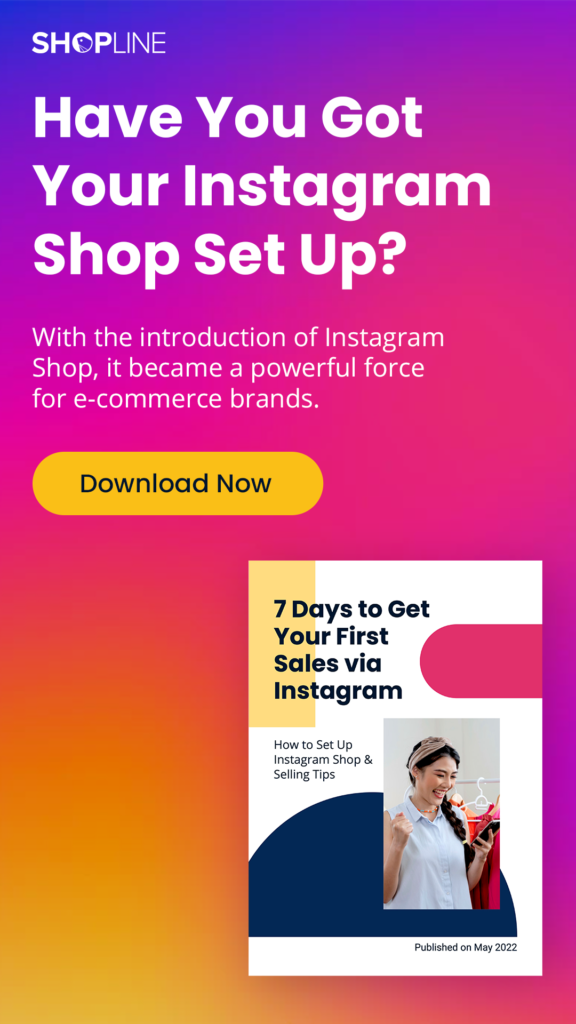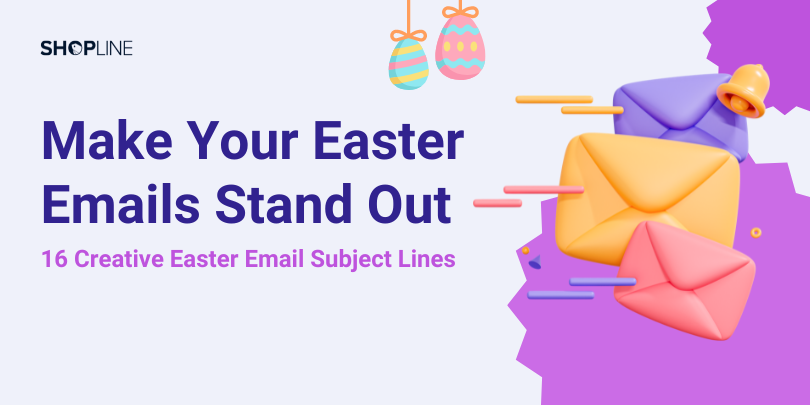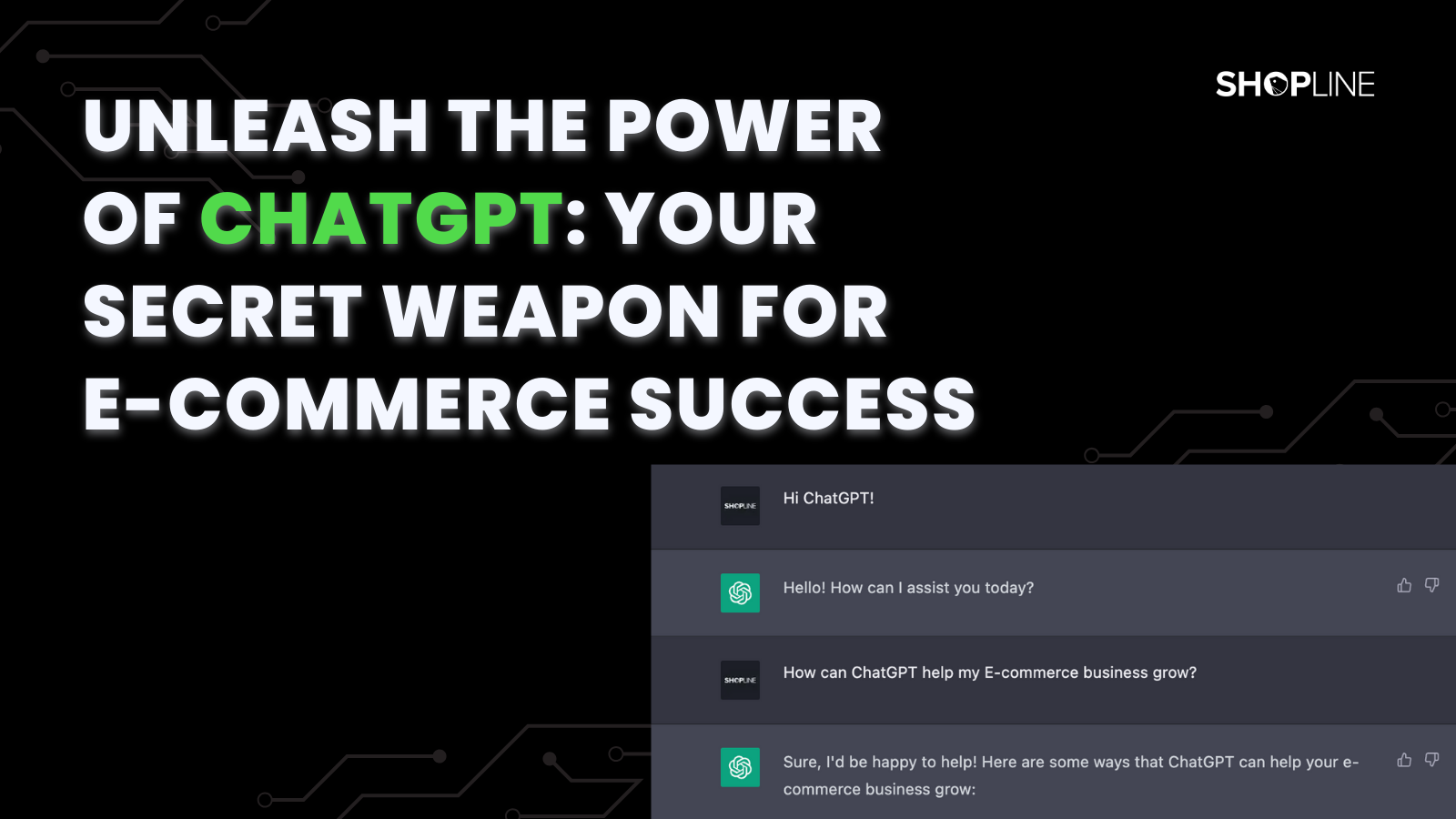“A smart man learns from his mistakes. A wise one learns from the mistakes of others.”
Congratulations on opening your first online store! If this is not your first shop, also welcome! We hope you will find this article helpful for improving your online business. In this article, we have collected some common mistakes often made by e-commerce beginners and will teach you some tips to avoid making them.
Mistake #1: Assuming Customers Will Visit Your Store Automatically
Traditional brick and mortar store owners may think that owning an online store will automatically expand their customer base and increase their revenue. However, reality proves otherwise; in fact, running an online store requires a lot of time and effort in order to gain consumer traffic.
Don’t worry though, your customers will visit your online store; just not at this moment.
Visualize this: You’re trying to search and buy a product online, what do you do first?
You would probably do a Google search and type in the distinctive keywords special to the product that you remember from seeing or hearing its ads, and the search results would most likely lead you to the online store you were seeking. The mechanisms of this hypothetical situation are apparent — the reason of why you could arrive at the correct website is because of your previous exposure to its ads, ads that left deep enough of an impression in your mind to guide you to use the right words on the search engine — An important lesson is to be learned from this observation: for customers to visit your site, you must first familiarize them with your products and company presence using online ads, social media, and other mediums of communication and information.
Mistake #2: Giving Up Too Easily on E-commerce Marketing
Learning the importance of advertising is just the beginning, the method of execution is another and more critical issue to be discussed as it is often where both online store experts and newbies make the most mistakes.
Not paying enough attention to your advertising strategies in terms of Time, Energy and Money. Although there are many dependable channels that could lead customers to your shop, it is risky for you to carelessly rely heavily on just one. Whether it’s SEO, Facebook advertising, Google remarketing — all of the theses require a lot of your own research, operation, and optimization to be made successful, and should not have their potential left undiscovered and unutilized based on the results of short-term testing.
Question: If you paid for facebook ad, but the short-term effects were not as good as expected, should you give up?
Answer: NO!
Here’s why:
First of all, we must ask ourselves, what is “not as expected”? Could it mean to have no substantial increase in orders despite all the money you’ve spent on advertising? In this case, the most probable situation would be that even though there’s more traffic to your shop, the content and experience your website offered was not attractive enough for the customer to make a purchase. This is a critical flaw that could determine your shop’s success; anyhow, it is more important to move forward to keep the momentum going and not giving up on anything. Improve the information provided and finetune the user experience of your site to increase conversion rate.
Do a little research on your advertising, tweak the design and content to test your customers’ reactions.
All of these take time to reach your desired result. So, make sure to prioritize your advertising channels, execute them strategically, give them time to grow, and have faith in the results.
Plan long-term strategies with these channels accordingly, and adjust the channels from time to time for best results. It takes time, but it will be worth it in the end.
Mistake #3: Not Using Retargeting Tools
We’ve noticed stores with better performance generally have a conversion rate of 1-2%. Which means every 100 customers who visited the store, 1 or 2 customers would place an order, and the remaining 90+ would leave. Retargeting could be used in a lot of advertising channels such as search engine marketing, Facebook advertising, Google display network……and so on.
Retargeting is a tool designed to help companies reach 98% of users who don’t convert right away. They may be interested in your product but weren’t impulsive enough to purchase it at the moment, but if your ad recaptures their interest in the future, you will have them back!
Here’s an example of Facebook retargeting:
Here’s how it works: place a retargeting pixel code on your online shop, you can either have your engineer help you with it or DIY easily on SHOPLINE’s admin-panel within 3 minutes and bring your customers back!

Mistake #4: Not Knowing How to Use Google Analytics
There are a lot of articles that claim to teach you how to use Google Analytics tools, but typically once you finish reading those articles you’ll realize you learned nothing and had a massive waste of time. You should be glad that this is not one of those articles, because we’ll teach you step-by-step exactly what to do.
Instead of monitoring where your website’s traffic is from (from ads, btw), It’s more important for you to measure which advertising channel performs better, and what groups of keywords convert more sales; keep the successful ones running and eliminate the ones with poor performance.
This is the first step for small-sized merchants, it allows you to use your funding more efficiently and could possibly be your first optimization. You may wonder “What if I don’t have any orders yet? How should I know which channel works better?” If that’s the case, your priority should be to check your website’s structure first instead of measuring your advertising channel.
Adjusting the ad’s delivery allows you to get quality traffic. When customers arrive at your shop, you should identify which of them are potential buyers. With the help of Google Analytics (GA), you could track your customer’s behavior on your site, and seek out areas for improvements. For instance, If you find out customers often leave the site after they have reached a certain page, then it’s time to check if there’s something wrong with the content, or the page’s loading speed and so on.
Finally, GA could calculate the value of the order for you, telling us what kind of customer purchases more and therefore is more valuable. This information will help you in optimizing for your targeted audience.
Data tool is not a privilege just for big corporations. In fact, there are lots of free data analytics tools in the market, and the most popular one is Google Analytics. If you haven’t set up your GA account, now is a perfect time!
To start collecting data from your website, place a GA pixel code on your online shop, you can either have your engineer help you with it or do it easily on SHOPLINE’s admin-panel which only takes 3 minutes!
In addition, GA has an add-on feature for e-commerce tracking. However, you need to be comfortable editing HTML and coding in JavaScript or have help from an experienced web developer to do that — but there is no need to fret if you don’t, because SHOPLINE has you covered — simply click on our admin-panel and you’ll get the e-commerce reports that allow you to analyze purchase activity on your site. Read more: Click here to see how to Get Started on Data-Driven Marketing with Google Analytics e-Commerce Reports.
Mistake #5: Website Doesn’t Seem Trustworthy Enough for Customers to Place Order
There are a lot of scams and sketchy stores online, and it is always a risky gamble for customers to give out their credit information on the internet; how can you rise above and develop a site that clearly establishes its sense of security and reliability to the customers?
Here are a few suggestions:
1. Make sure to have an About Us page
Do not underestimate the power of this page; customers these days seek to enjoy the brand experience: they want to know who they’re buying from and their business’s philosophy — if the brand message resonates with the customers themselves, there’s a greater chance that they willing to purchase.
2. Tell A Brand Story
Stories are a powerful tool in human communication and a reliable method to build trust. A brand story is more than just content and a narrative, the story goes beyond what’s written on a website. In other words, your brand story should explain your brand’s purpose of existence; and when a customer purchases your product, they’re also supporting your brand’s belief.
3. Design a Logo
The logo is intended to be the face of a company. It is meant to visually represent the unique identity of the brand and its style.
Indeed, getting a designer to create a logo could be costly, but there are many other options for you to choose from. Just on the internet, there are already tons of online resources available for you to create a logo for free or as little as $10 USD.
Once you have your logo, SHOPLINE also provides free image editing tools for you to use if you need a logo banner.
4. Run Your Facebook and Social Media Accounts to Promote Your Ecommerce
Research shows that 55% of people make a purchase after social media discovery. Customer nowadays would search a brand’s Facebook account to check product reviews and store-customer interaction to decide whether they want to purchase the store’s products; on the other side of the coin, an empty social media account without posts could cost the customer’s trust in your brand and you could lose potential orders as a result.
5. Give Detailed Contact Information
Your customers might have questions about your product’s details, make sure they are able to contact you and have their problems resolved.
Websites built with SHOPLINE are equipped with messengers, which allow customers to get in contact with merchants conveniently. In addition, Email is still a reliable contact method, and SHOPLINE has partnered with Google’s G suite which allows customers to get in touch with you by email.
Mistake #6: Neglecting the Importance of SEO
Remember we mentioned that customers won’t visit your site automatically? And how most of them come to you only because they’ve had an impression of your brand and Googled your brand or your products?
Search Engine Optimization (SEO) is the most efficient way for them to find your shop, it’s the process of optimizing your online content so that a search engine is likely to show your shop as a top result of a certain keyword(s).
For example: If your shop is named “Magic,” there’s a big chance that when customers search for you, a lot of magicians or magic trick tutorials would pop up, and the presence of your brand would be buried. This might be an extreme case, but it shows the importance of SEO. You can start by including targeted keywords in your website’s content. SEO is a massive topic that deserves its own section, but please keep in mind the best SEOs are constantly doing keyword research and being persistent.
Mistake #7: Focusing Too Heavily on One Attribute of Your Shop

The Formula for E-commerce success = Traffic x Conversion Rate x Conversion Value x Retention Rates
If any one of the attributes above performs well for your store then there’s a greater chance of having better revenue income, however, one of the mistakes often made by less successful online shops is that they focus too much on one aspect and ignore the overall development.
Each attribute has its own advantage:
1. Traffic comes from advertisements and regular customers.
2. Conversion Rate is determined by the accuracy of the advertisements and the percentage of visitors who complete an order.
3. Conversion Value is estimated on your return on investment per order.
4. Retention Value (Customer Lifetime Value) represents a number of customers that are “loyal” and decide to stick with your brand.
Once explained, it should be clear that all of these attributes are interconnected, and it is important for you to take care of each prospect for a healthy and profitable E-commerce business.





